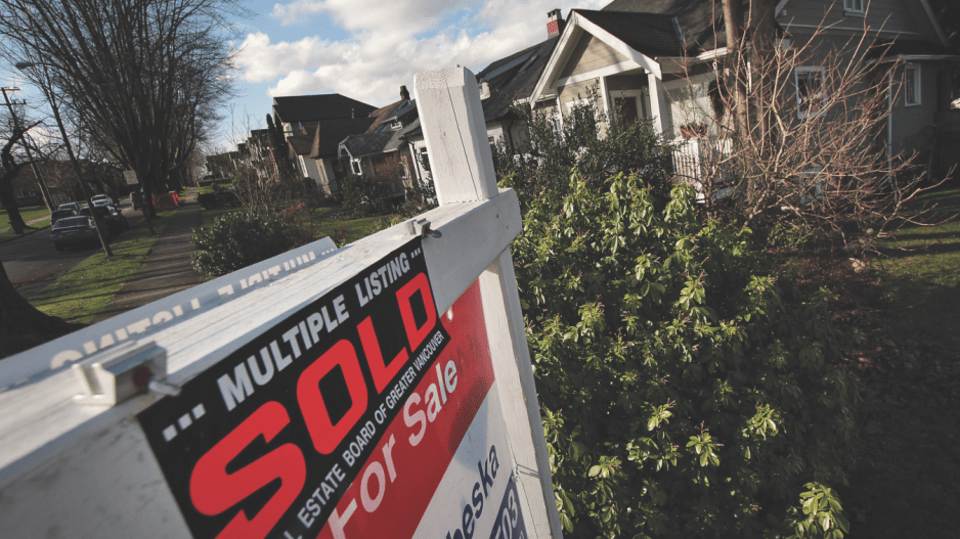More homebuyers in B.C. and Western Canada are becoming increasingly creative about their options as affordability woes create further roadblocks to entering market.
That’s according to a Feb. 27 report from Re/Max Canada and market research firm Leger, which examines “alternative” ways Canadians are entering the housing market.
In Western Canada, secondary suites are identified as the most popular means to help buy a home, thanks to the extra income from renters. This is in addition to joint tenancy and tenants in common, which both represent different ways of splitting up ownership of a property.
While the report brands these as “alternative,” real estate agent Tim Hill said that this type of housing is common.
“It's a staple in B.C. It's not that alternative and homes with [secondary] suite, they do better, they sell quicker and there's a much bigger demand for it without a doubt,” said Hill, whose office is based in New Westminster.
“Even joint tenants and tenancy in common, I don't find that very alternative either.”
Thirty-two per cent of Canadians are exploring non-traditional ways of entering the housing market, while 48 per cent would consider non-traditional forms of home ownership in the future, according to the Leger survey contained in report.
“In Vancouver, many buyers who purchase a home with a secondary suite are doing so for additional income to help with mortgage costs. Victoria is also experiencing an increase in co-ownership with friends or family within the last two years due to high prices,” said the report.
Multiple suites on a single property may soon become more ubiquitous in B.C. due to legislation passed last November that allows up to six units on a single-family lot.
“Canadians from coast to coast are grappling with affordability challenges, but at the same time, their desire to achieve home ownership remains strong. This is prompting many to seriously consider alternative ways to get their foot in the door where it might not be feasible under the traditional ownership model of a single person or couple purchasing with between five and 20 per cent down,” said Christopher Alexander, president of Re/Max Canada, in a statement.
Rent-to-own is identified as the most popular model Canadians would consider as a means to enter the housing market.
BC United, the province’s official opposition party, recently proposed a rent-to-own program in its housing platform. It cited a Port Moody project in which 10 per cent of a 358-unit development was designated as rent-to-own, describing it as a “successful example.”
In addition to secondary suites, joint tenancy is identified as another popular avenue for home-seekers in Western Canada.
This involves each party owing an equal part of the property, commonly when spouses or partners purchase a property together, and has a right of survivorship in which 100 per cent of the ownership is transferred to surviving members in the case of death.
Tenants in common is among the top three homebuying helpers in the report. This refers to individuals who own different percentages of the property.
Across Canada, 21 per cent of respondents said they would consider co-ownership with a family member that isn’t a spouse or partner.
However, Hill said he doesn’t predict any significant increases in the number of people tapping these methods based on what he has encountered on a day-to-day basis.
“I wonder if it’s that [Metro Vancouver] is stubborn and doesn't want to get creative like that. it's a great potential idea … but I don't see as many people doing it,” he said. “Truly, I think people want to do it themselves.”



